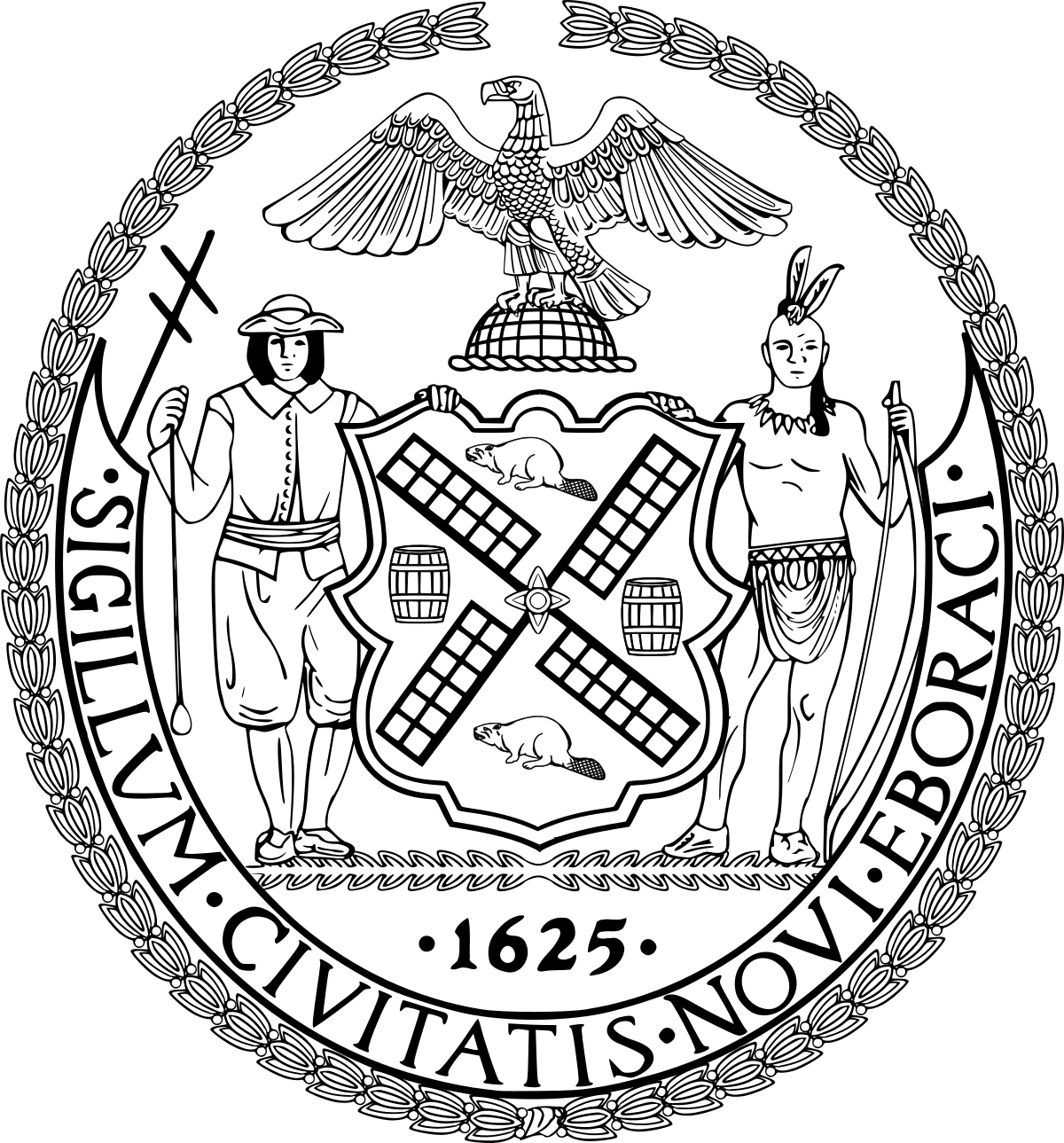Alexander Hamilton Custom House
Now, National Museum of the American Indian
1907 - The Alexander Hamilton Customs House, now the National Museum of the American Indian, is a Beaux-Arts building designed by Cass Gilbert and erected 1899-1907. When the Federal Government established income tax in 1913, the Customs House became the country's largest collector. The facade's grand sculptures by Daniel Chester French, who also sculpted the Lincoln Memorial in Washington, represent the four continents, their whiteness providing a rich counterpoint to the structure's gray granite. The interior, which is also an NYC Landmark, includes a giant oval rotunda, embellished with Reginald Marsh's WPA (Works Progress Administration) commissioned murals project in 1938.
1974 - The United States Customs Service moved out of the building in 1974, and it sat abandoned for over a decade until renovations in the late 1980s.
1990 - The Custom House was renamed to commemorate Alexander Hamilton, one of the Founding Fathers of the United States and its first Secretary of the Treasury.
1994 - The building contains the George Gustav Heye Center of the National Museum of the American Indian, as well as the United States Bankruptcy Court for the Southern District of New York.
The National Museum of the American Indian is the first national museum dedicated to the preservation, study, and exhibition of the life, languages, literature, history, and arts of Native Americans. Established by an act of Congress in 1989, the museum works in collaboration with the Native peoples of the Western Hemisphere to protect and foster their cultures by reaffirming traditions and beliefs, encouraging contemporary artistic expression, and providing a platform of engagement for the Indian voice.
2012 - It is also the home to the National Archives in New York City.

